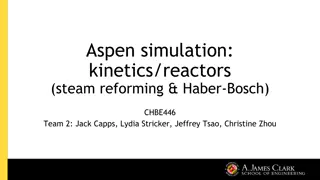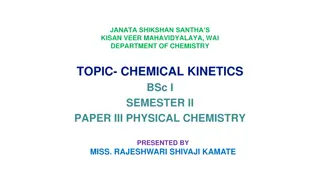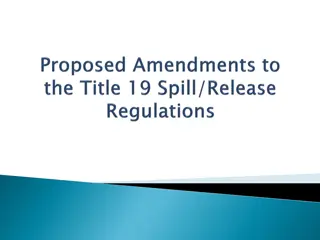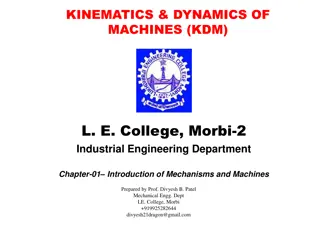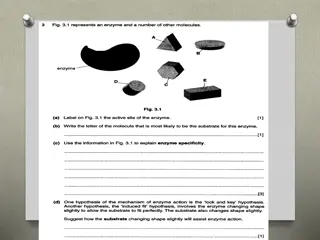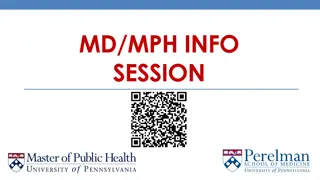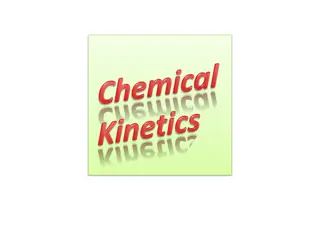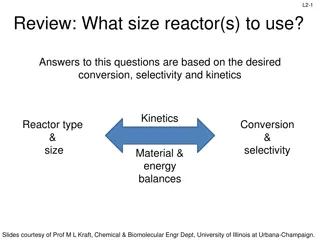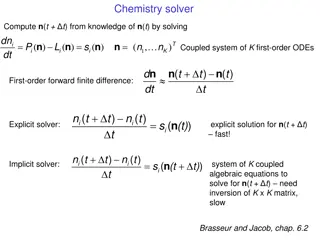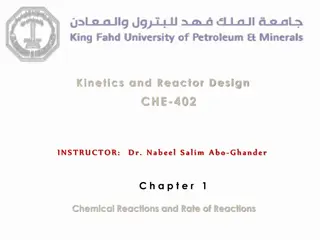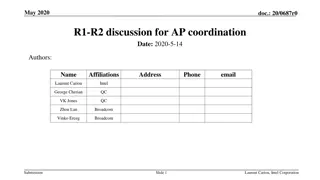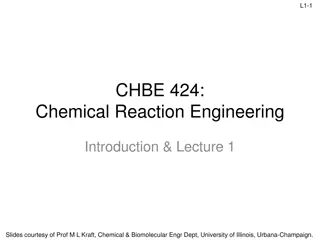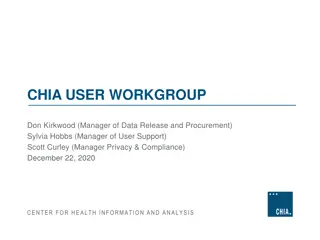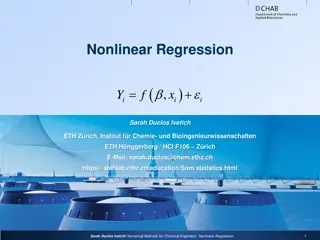
Understanding Drug Release Mechanisms in Pharmaceutical Systems
Explore the intricate processes involved in drug release from polymeric systems, including solute migration, diffusion, and degradation. Discover key concepts such as Fick's law of diffusion and various models used in drug release analysis.
Download Presentation

Please find below an Image/Link to download the presentation.
The content on the website is provided AS IS for your information and personal use only. It may not be sold, licensed, or shared on other websites without obtaining consent from the author. If you encounter any issues during the download, it is possible that the publisher has removed the file from their server.
You are allowed to download the files provided on this website for personal or commercial use, subject to the condition that they are used lawfully. All files are the property of their respective owners.
The content on the website is provided AS IS for your information and personal use only. It may not be sold, licensed, or shared on other websites without obtaining consent from the author.
E N D
Presentation Transcript
Drug release refers to the process in which drug solutes migrate from the initial position in the polymeric system to the polymer s outer surface and then to the release medium. This process is affected by complex factors such as the physicochemical properties of the solutes, the structural characteristics of the material system, release environment, and the possible interactions between these factors
Solute material degradation are the main driving forces for solute transport from drug matrices. diffusion, polymeric matrix swelling, and containing polymeric
Diffusion Diffusion is defined as the process of mass transfer of individual molecules of a substance from one part of a system to another, carried by random molecular motion, and is associated concentration gradient. to forces such as Diffusion process is explained by Fick s law of diffusion Fick's first law of diffusion states that the rate of transfer of molecules concentration to regions of low concentration is proportional to the concentration gradient. from regions of high
In a one-dimensional model of diffusion, the law is expressed as: Where J is the flux: number of molecules per unit area per unit time (e.g., mol m 2s 1) D is the diffusion coefficient: length2time 1(e.g., m2/s) is the concentration: number of molecules per unit volume (e.g., mol m 3) The flux J is positive when the gradient / x is negative, because diffusion occurs to level the gradient.
Ficks Second Law of Diffusion Where dc/dt represents the rate of change of concentration in a certain area the system. accounts for a varying concentration in Diffusion can be thought of as a series of random steps that the particle takes as it moves from where it started. These steps can either lead the particle away from where it started, or lead back to where it started.
Model dependent methods Zero-order model First order model Higuchi model Korsmeyer-Peppas model Hixson Crowell model
Zero-order model Drug dissolution from dosage forms that do not disaggregate and release the drug slowly can be represented by the equation: dc/dt = -K Ct = C0 + K0t where Ct is the amount of drug dissolved in time t, C0 is the initial amount of drug in the solution K0 is the zero order release constant expressed in units of concentration/time.
To study the release kinetics, data obtained from in vitro drug release studies were plotted as cumulative Zero order kinetic amount of drug released versus time 60 Application of Zero order kinetics y = 0.4713x + 0.2535 R = 0.9841 50 % drug release 40 This relationship can be used to describe 30 the drug dissolution of several types of 20 10 modified release pharmaceutical dosage 0 0 50 100 forms (transdermal systems, matrix time tablets with low soluble drugs in coated forms, osmotic systems, etc .)
First order model The release of the drug which followed first order kinetics can be expressed by the equation where C0 is the initial concentration of drug, k is thefirst order rate constant, and t is the time
The data obtained are plotted as log cumulative percentage remaining vs. time which would yield a straight line with a slope of K/2.303. of drug First order kinetic 1.6 1.4 1.2 Log % release 1 y = 0.0131x + 0.7125 R = 0.9909 Application: This relationship can be used to describe the drug dissolution in pharmaceutical dosage forms such as those containing water-soluble drugs in porous matrices 0.8 0.6 0.4 0.2 0 0 20 40 60 80 Time
Higuchi kinetics Higuchi model: This is the first mathematical model that describes drug release from a matrix system, proposed by Higuchi in 1961. The release of a drug from polymeric micro-particles or matrices when placed in contact with a fluid is basically a mass transfer of drug molecules. Drug moves from a region of high concentration (dosage form) to a region of low concentration (surrounding fluid). Higuchi kinetics addresses the rate of release of a drug, from a polymeric matrix, (where the loading of solute, A, exceeds its solubility, Cs, in the matrix,) into a surrounding fluid.
Two geometric systems unidirectional leaching or extraction from a simple planar surface three dimensional leaching or extraction from a spherical pellet (ex: tablet)
Two mechanisms of release (a) Extraction of the medicament by a simple process through and from an enveloping, homogeneous matrix. The drug is presumed to go successively from the crystal surfaces into the uniform matrix and out into the bathing solvent which in turn acts as a perfect sink. (b) Leaching of the medicament by the bathing fluid which is able to enter the drug-matrix phase through pores, cracks, and intergranular spaces. The drug is presumed to dissolve slowly into the permeating fluid phase and to diffuse from the system along the cracks and capillary channels filled with the extracting solvent.
Release from a planar System Having a Homogeneous Matrix. Release from a Planar System Having a Granular Matrix. Release from a Spherical Pellet Having a Homogeneous Matrix. Release by Leaching from Granular Spherical Pellet.
Release from a planar System Having a Homogeneous Matrix The amount of total drug released from such a system into a bathing medium acting essentially as a perfect sink would be determined by the relationship Q = the amount of drug released after time t per unit exposed area D = the diffusitivity of the drug in the homogeneous matrix media, A = the total amount of drug present in the matrix per unit volume, and Cs =the solubility of the drug in the matrix substance (Applicable to ointment base containing finely dispersed drugs & Equally applicable for release from a sustained-action matrix)
Release from a Planar System Having a Granular Matrix The leaching type release mechanism occurring through diffusion movement utilizing inter granular openings Q = the amount of drug released after time t per unit exposed area, D = the diffusitivity of the drug in the permeating fluid, = the tortuosity factor of the capillary system A = the total amount of drug present in the matrix per unit volume, C = the solubility of the drug in the permeating fluid, and = the porosity of the matrix.
For both equations the derivation is based on the existence of a pseudo steady state condition during the release process and on the assumption that the drug particles are quite small relative to the average distance of diffusion and are uniformly distributed in the matrix. the systems are neither surface coated, nor that their matrices undergo significant alteration in the presence of moisture. Initial drug concentration in the matrix is much higher than drug solubility, Drug diffusion takes place only in one dimension Swelling of matrix and dissolution are less or negligible, Drug diffusivity is constant, Perfect sink condition are always attained in the release environment.
Release from a Spherical Pellet Having a Homogeneous Matrix. Release by Leaching from Granular Spherical Pellet.
Higuchi equation can be represented in the simplified form where, KH is the Higuchi dissolution constant. The data obtained were plotted as cumulative percentage drug release versus square root of time. Higuchi model will result a linear Q versus t1/2 plot having gradient, or slope, equal to KH Based on R value Higuchi equation suggests that the drug release takes place by diffusion
Korsemeyer- peppas model: Korsemeyer et al. (1983) derived a simple relationship which described drug release from a polymeric system The simple exponential relation Mt/M = ktn describes the general solute release behavior of controlled release polymeric devices (non swellable polymer) Where Mt/M is the fractional solute release t is the release time, k is a constant, and n is the diffusional exponent characteristic of the release mechanism. This equation can adequately describe the release of drugs or other solutes from slabs, spheres, cylinders and discs (tablets), regardless of the release mechanism.
To find out the mechanism of drug release, first 60% drug release data were fitted in Korsmeyern Peppas model In theory, this equation should only be applicable to the first 60% of fractional release from thin slabs, for which the assumption of one-dimensional diffusion under perfect sink conditions is valid.
A graphical representation for any geometry, plotted as normalized release, Mt/M versus dimensionless time, t gives important information about the diffusional release mechanism of a drug from a swellable polymeric device. [A plot between log of Mt/M against log of time will be linear if the release obeys Korsmeyer-Peppas equation and the slope of this plot represents n value.]
If n=1 it is zero order kinetics case-II transport mechanism in which drug is released constantly by polymer relaxation. If n>1 then it is called Super case-II transport , where drug is released by polymer erosion

